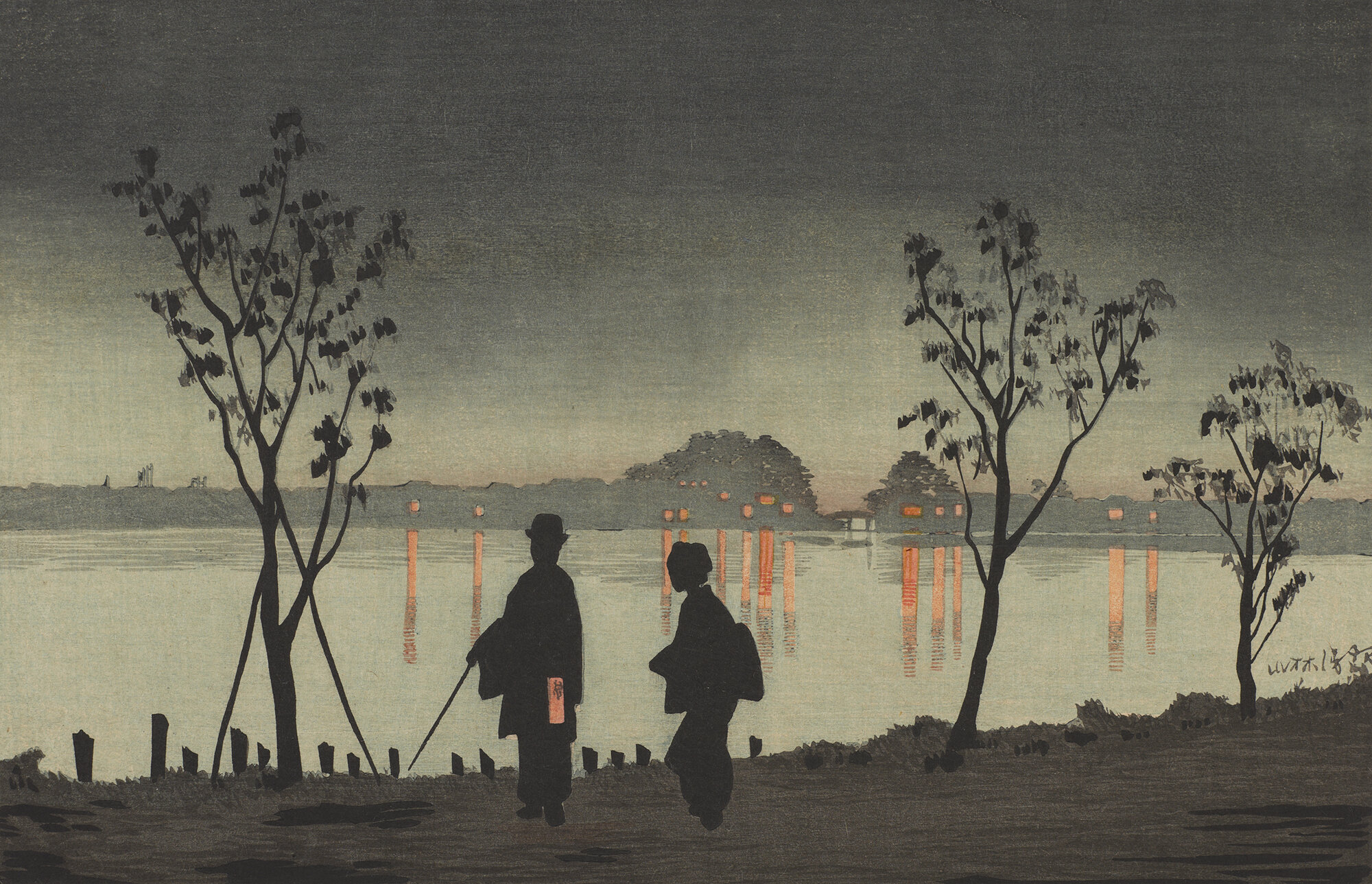
MIT Visualizing Cultures
MIT Visualizing Cultures
As Creative Director of MIT Visualizing Cultures, an MIT project in digital image-driven history, Ellen Sebring designed the format and collaborated with some 25 scholars on over 50 units focused on the visual record of modern Japan, China, and the Philippines. The site originated in 2002, and continues to be a key resource for visual scholarship receiving over 60K visits per month.
Sebring authored several units for the project; produced a series of online courses; exhibitions; and the site Visualizing Portugal: The New State. Sebring presented on image-driven digital scholarship and the Visualizing Cultures project at Association of Asian Studies (AAS) conferences, 2016-2019 and 2022.
visualizingcultures.mit.edu [link]



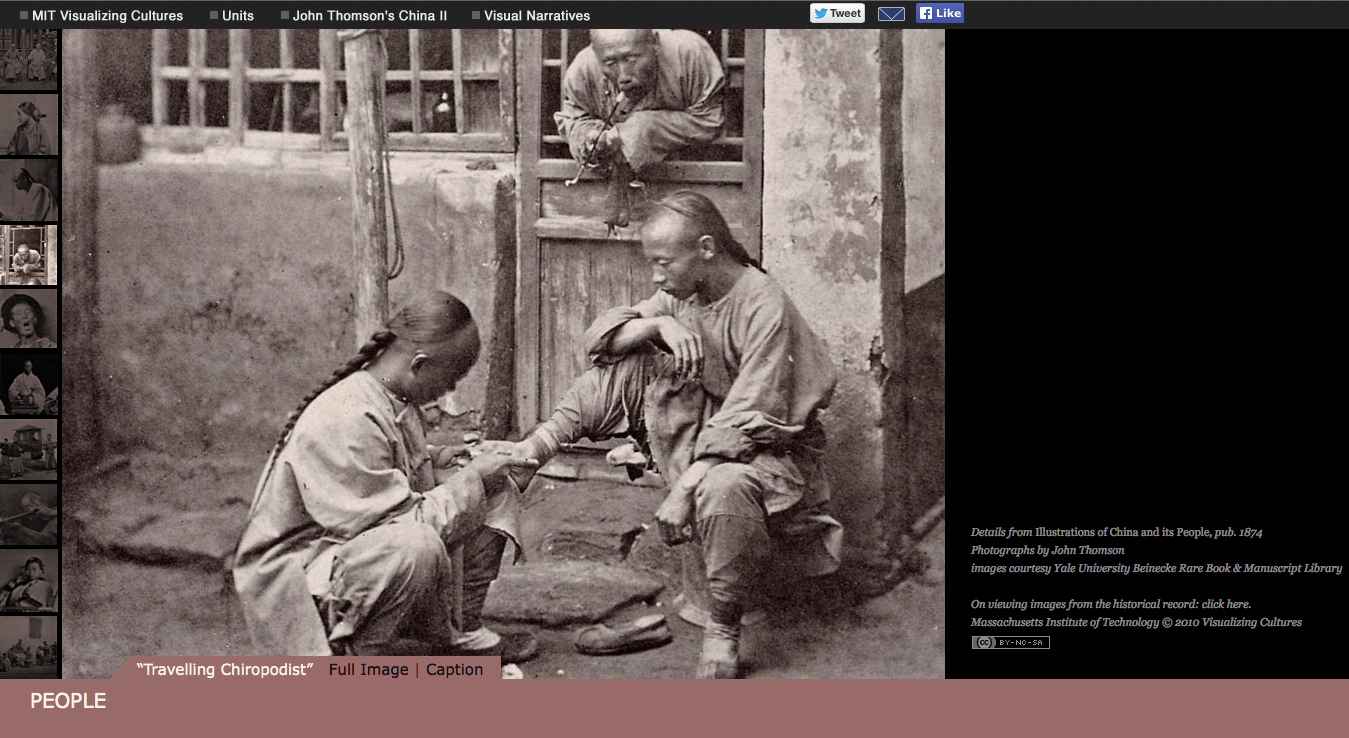


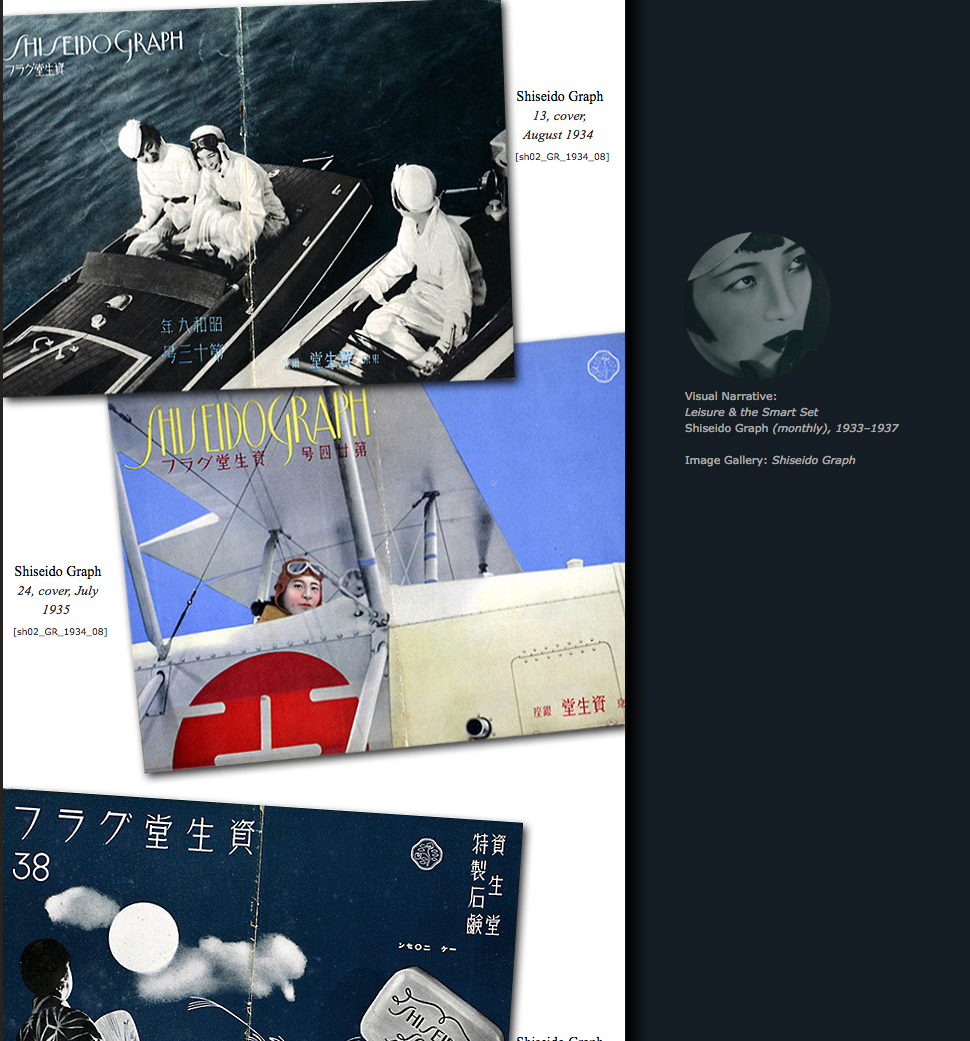

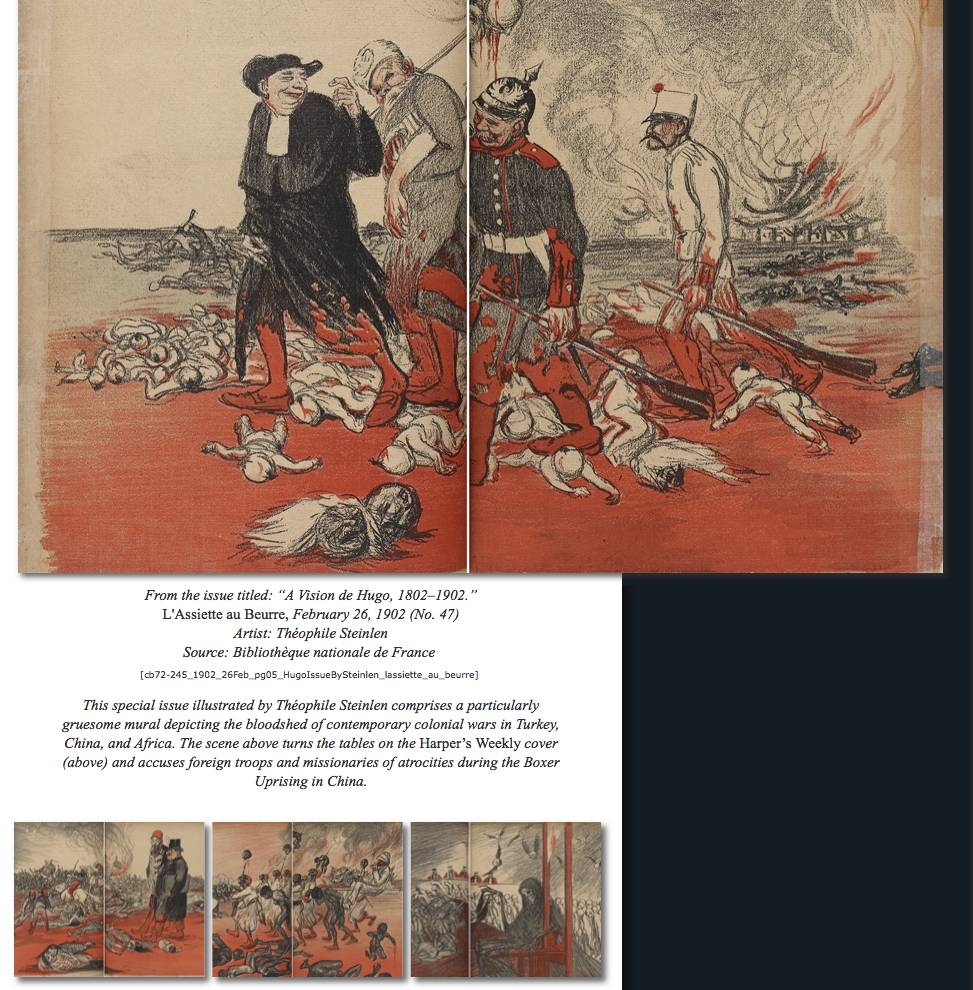
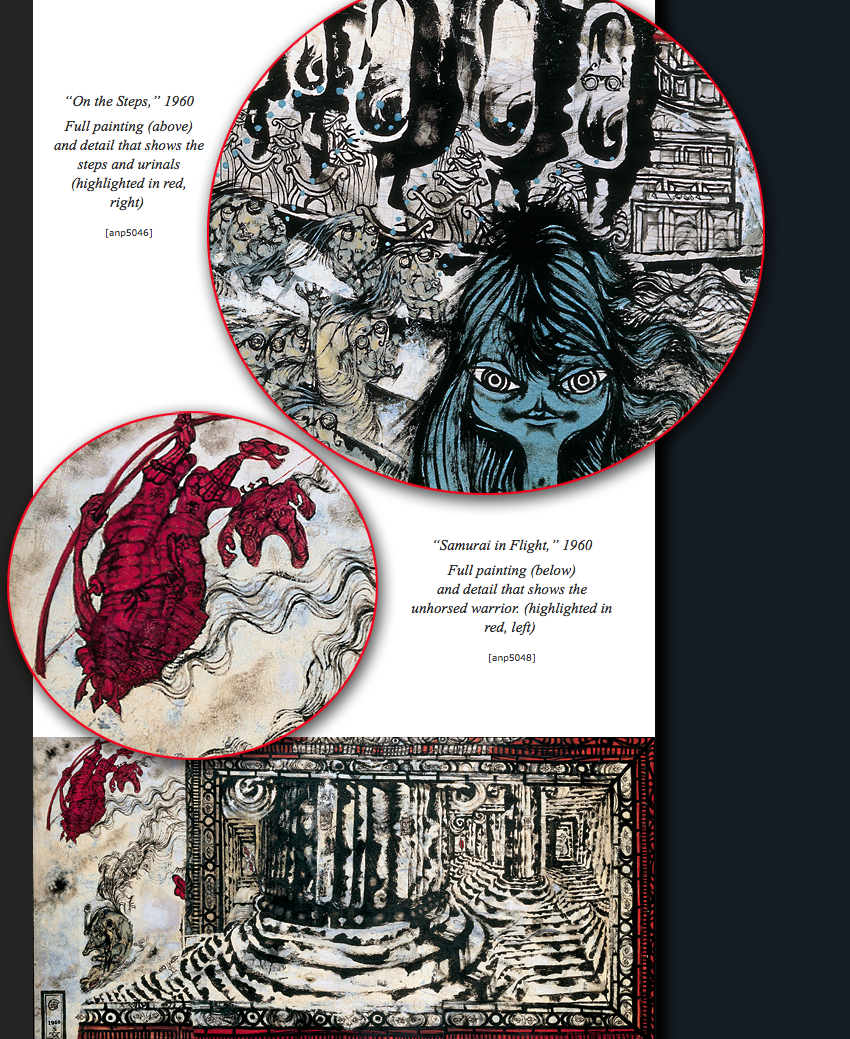
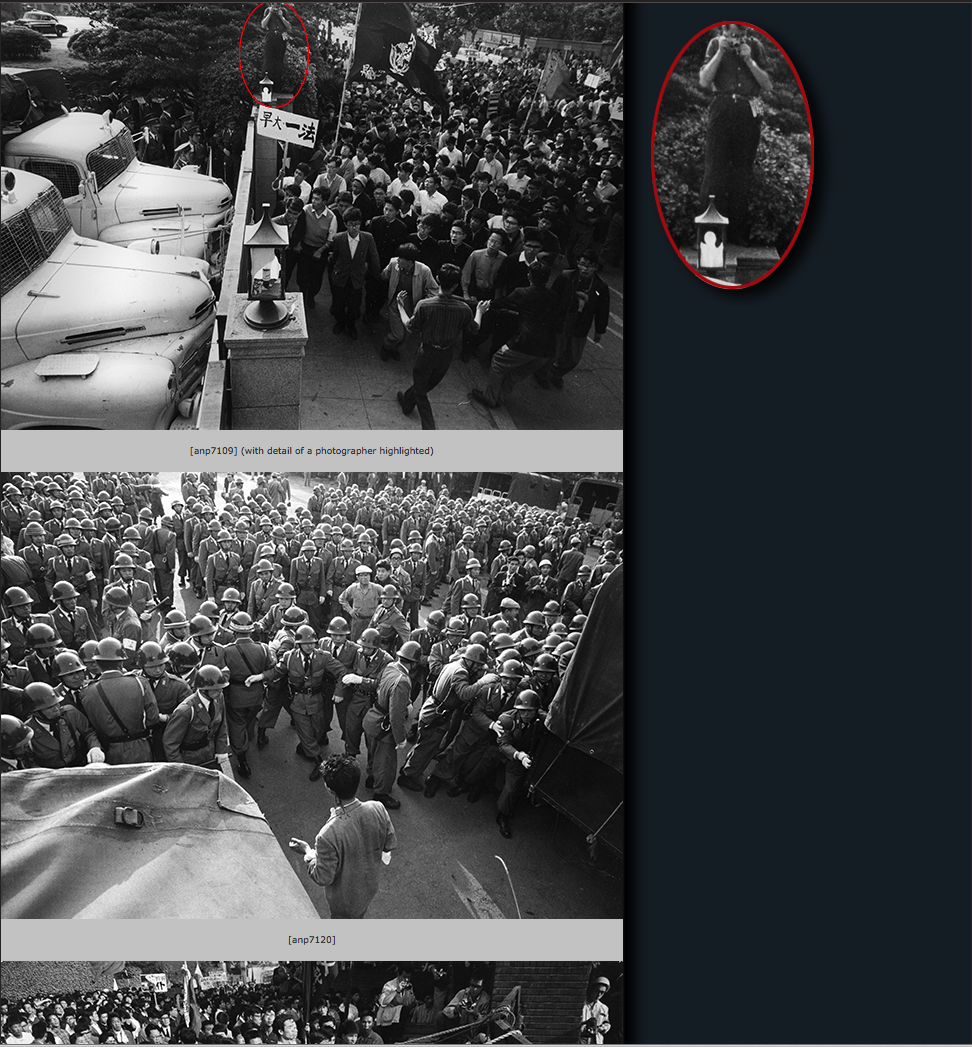
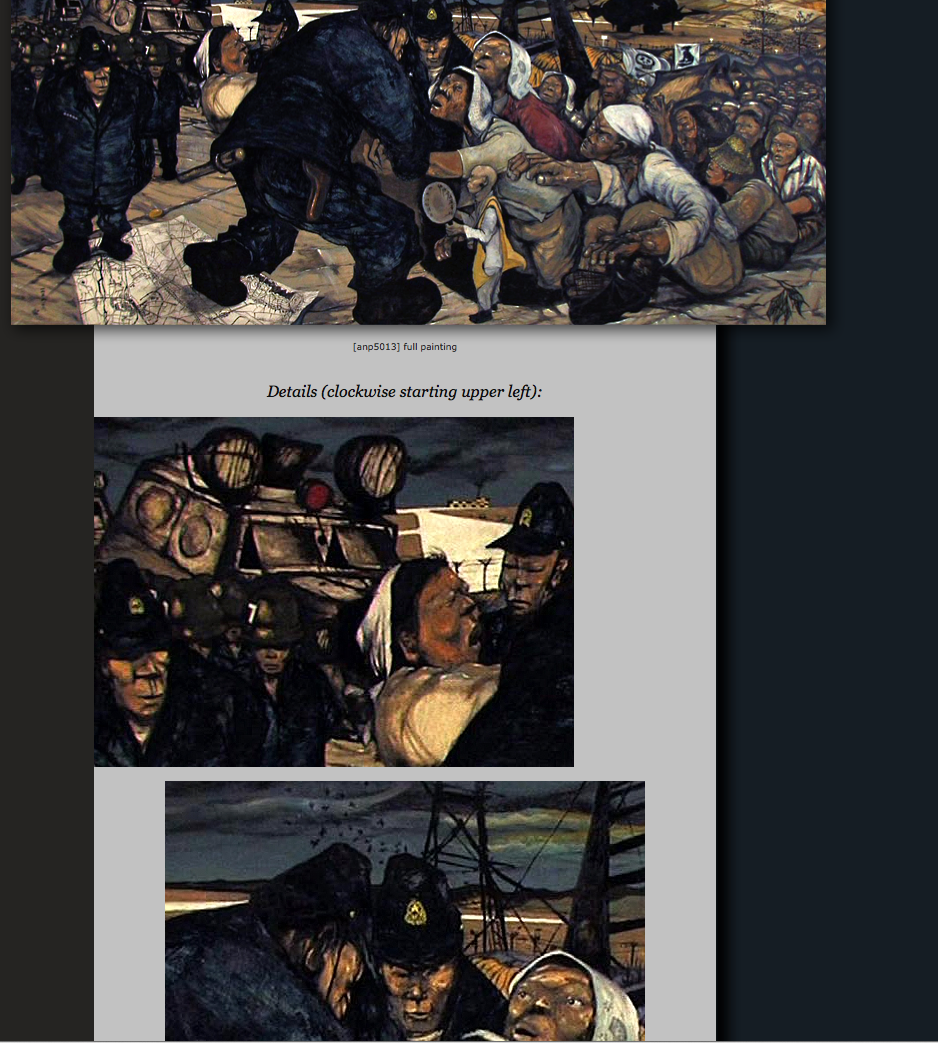


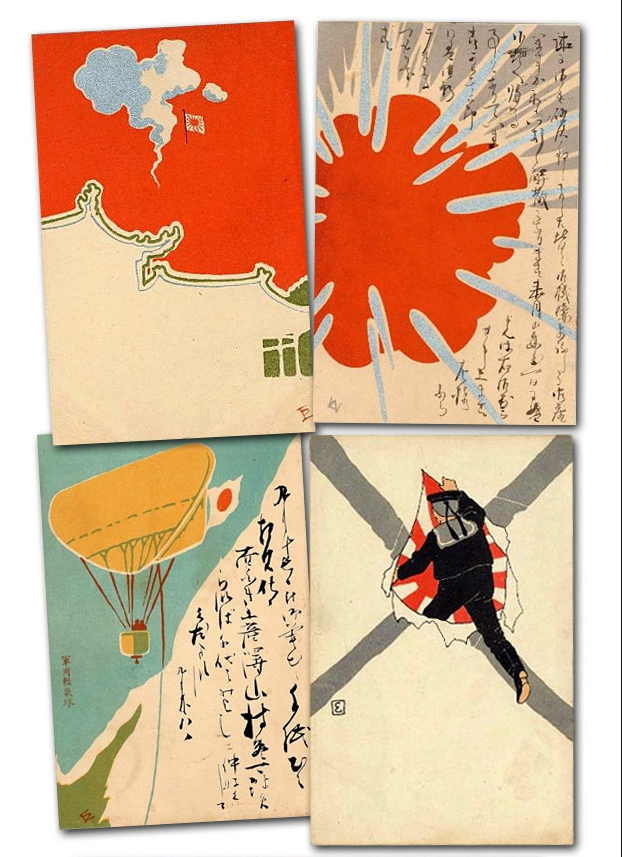
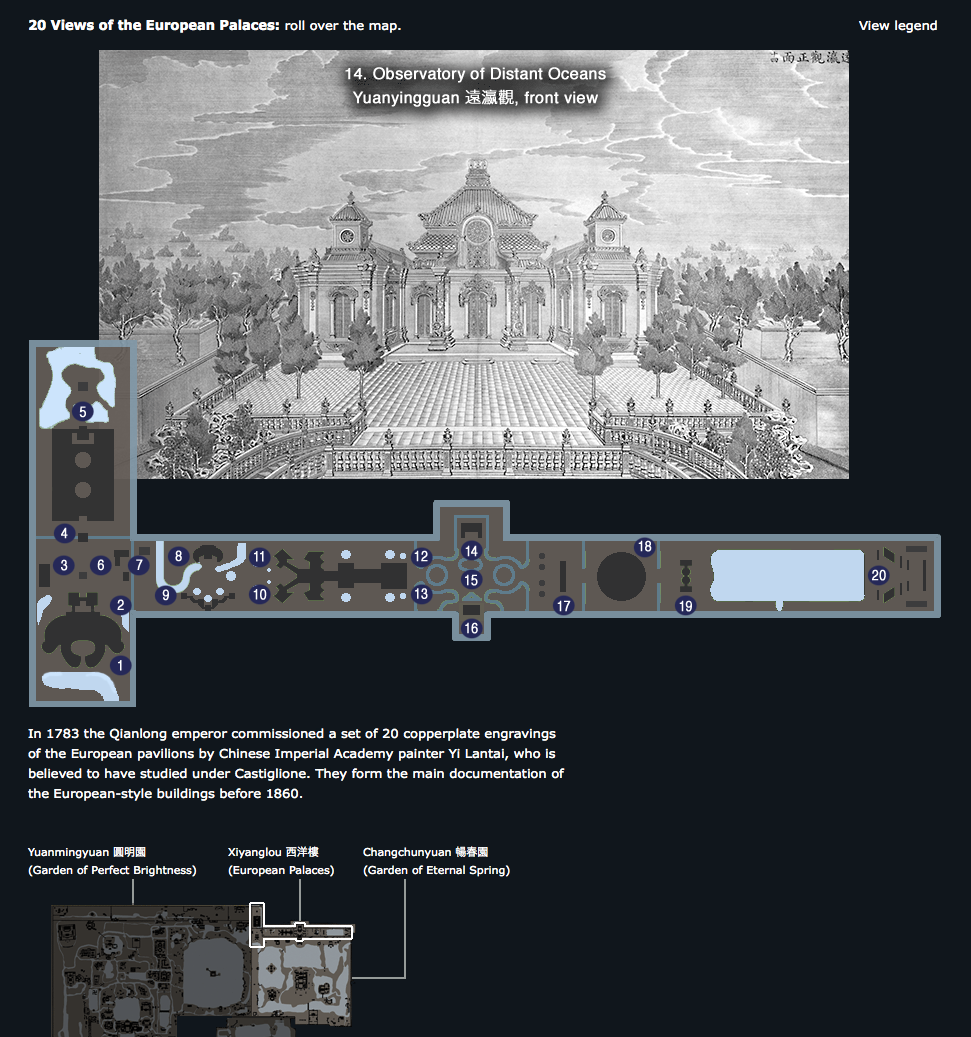
About
Founded in 2002 at the Massachusetts Institute of Technology by Pulitzer Prize-winning historian, John W. Dower, and linguist Shigeru Miyagawa, Visualizing Cultures explores digital publishing for unprecedented ways of presenting modern history through large bodies of previously inaccessible images. Visualizing Cultures has become a widely used resource and example of digital historiography.
“But as it has grown over the years, “Visualizing Cultures”—which was honored last year with an award from the Association for Asian Studies—has become a kind of virtual museum in its own right, an addictive and visually stunning one not just for scholars but for anyone with even a casual interest in Japan and China and their economic and cultural interplay over the last 300 years. . .
The site is a marvel of navigation, with topics and historical periods arranged in grids or in lists. Long before the advent of the iPad, the architecture set up to show the imagery and words gave a glimpse of how fluid, interactive and just plain gorgeous history and travel books would look in the coming world of electronic tablets, with links to essays, maps and processions of large, high-resolution images that scroll horizontally across the screen.”
— Randy Kennedy, "Asian Culture Through a Lens,” The New York Times, 4/16/2010 [link]
Visualizing Cultures began with John Dower’s unit, “Black Ships & Samurai,” comparing the visual record on both sides of the gunboat diplomacy of Commodore Matthew Perry forcing long-secluded Japan to open to the outside world in 1853-54. The site branched out to cover modernity in Japan, and China beginning with the Canton Trade System.
Conferences: Visualizing Cultures co-sponsored four conferences on image-driven scholarship: Visualizing Asia in the Modern World, Yale University (2010 and 2013); Harvard University (2011); and Princeton University (2012). Award-winning secondary school curricula is available on the website.
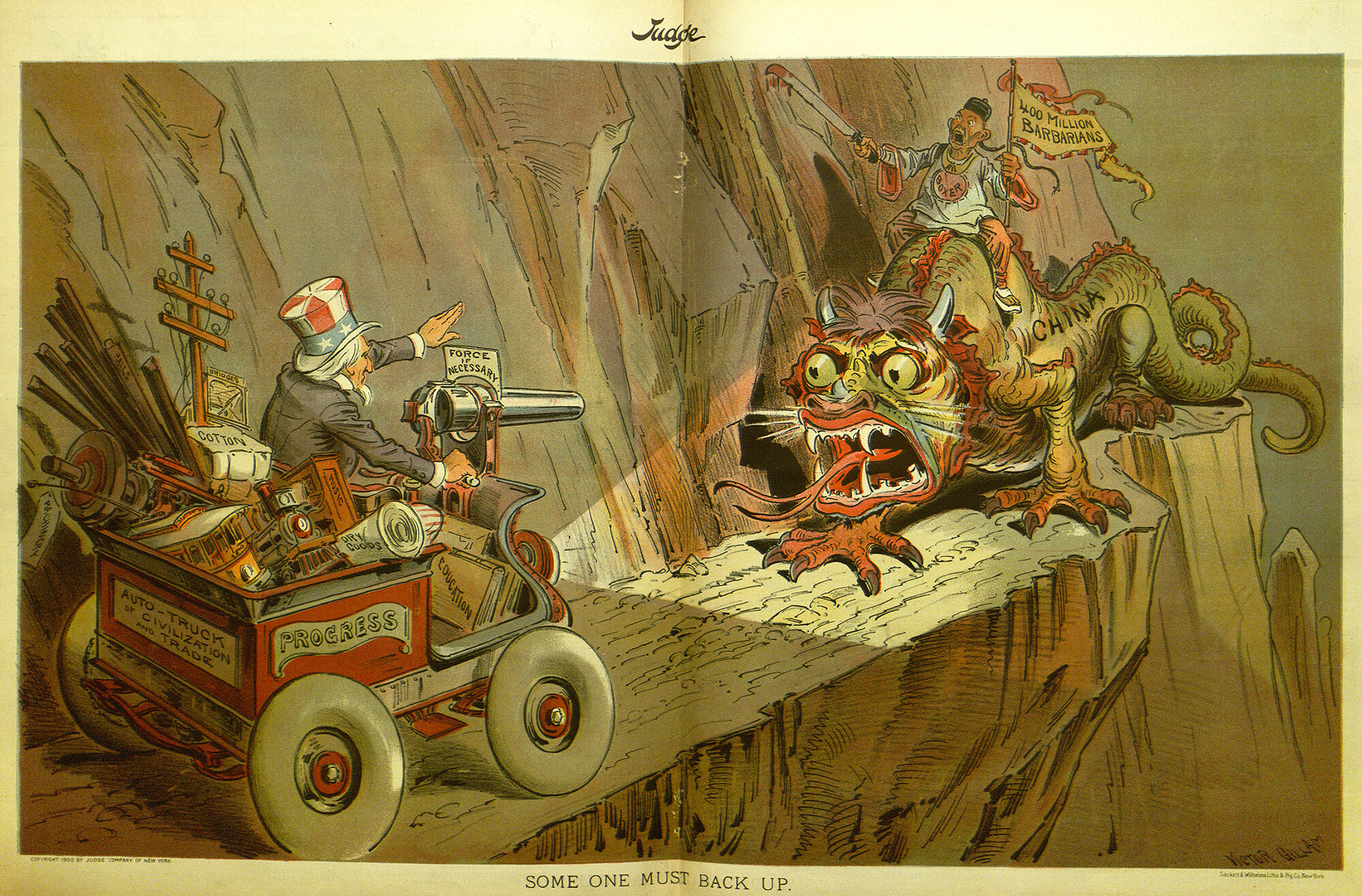


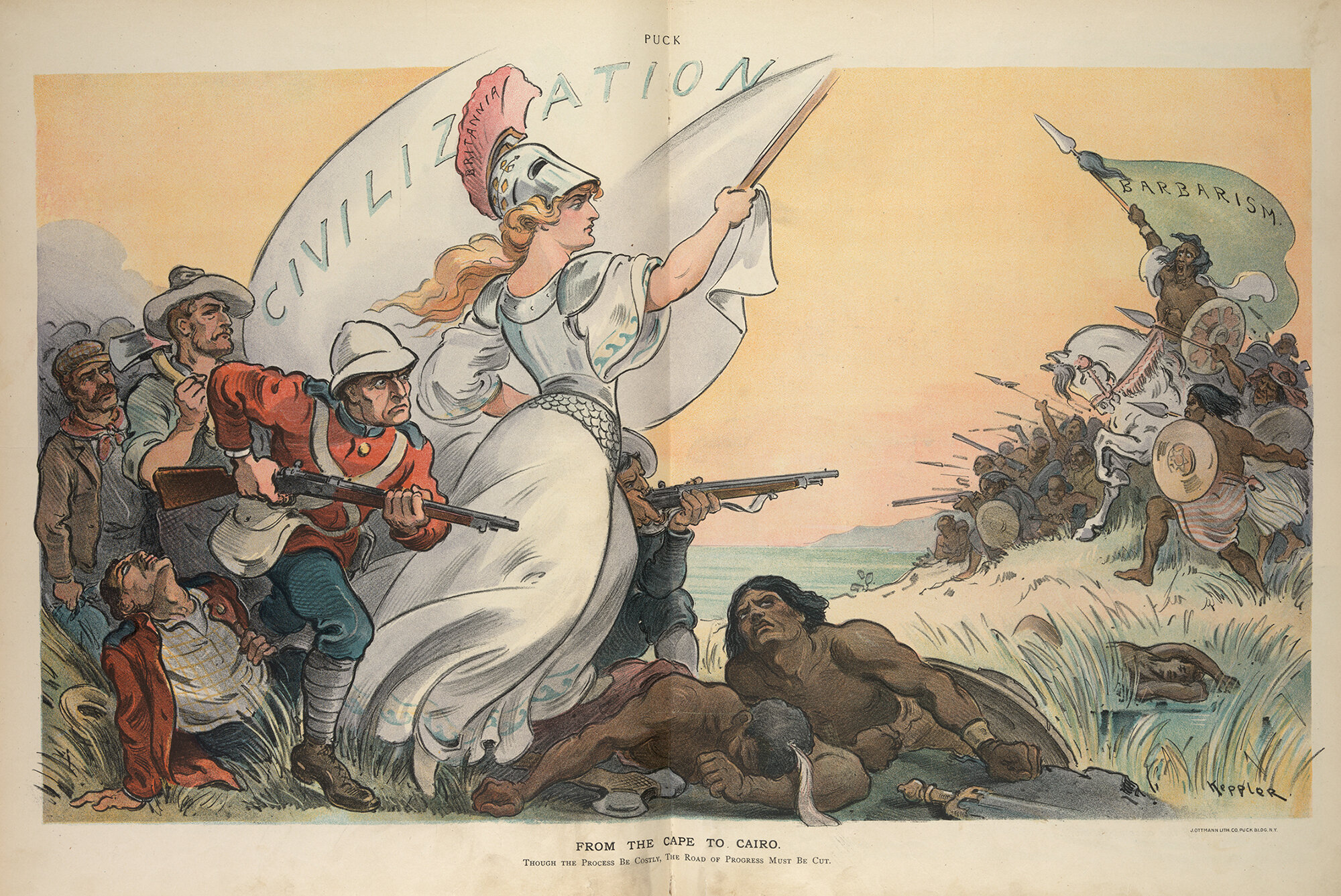

Civilization & Barbarism essay
Sebring authored the unit, Civilization & Barbarism: Cartoon Commentary and the “White Man's Burden” (1898-1902), discussing imperialism as seen in cartoons at the turn of the 20th century. [link]
Images above: from Sebring’s essay, Civilization & Barbarism, that include racist, imperialist visions as well as bitter critiques of these global power politics c. 1900.

New Releases
Image above: photograph and annotation by Reverend Killie during the siege in Beijing, Boxer Uprising, 1900. Source: Yale University Library / MIT Visualizing Cultures
The Second Opium War: The Anglo-French Expedition to China, 1856-1860 by Peter C. Perdue & Ellen Sebring is now available (2023). [LINK]
Historian Peter C. Perdue (Yale University) has collaborated with Sebring on several units about the Boxer Uprising in China. Sebring will be completing the final VC unit, Visual Narratives of the Boxer Uprising in late 2023.

Visualizing Cultures MOOCs
Online Courses
Sebring was the lead developer of three MOOCs (Massive Open Online Course) based on Visualizing Cultures content. The first MOOC, VJx, was a collaboration between MITx and Harvard X produced in 2014. Sebring was part of the teaching team and wrote the courseware for the second two courses, VPx and VTx.
Image above: Video shoot at Harvard University’s Hauser Studio for the first MOOC: Prof. Andrew Gordon of Harvard, John W. Dower of MIT, and Gennifer Weisenfeld, Dean of Humanities at Duke University. Photo: Ellen Sebring
The following courses are freely available on MITx, links below:
VJx
Visualizing Japan (1850s-1930s): Westernization, Protest, Modernity
An MITx/HarvardX collaboration, this course explores Japanese history through the images created by those who were there, and teaches the skills of reading history through images in the digital format. VJx covers themes of Westernization, in Commodore Perry’s 1853-54 expedition to Japan; social protest, in Tokyo’s 1905 Hibiya Riot; and modernity, in the archives of the major Japanese cosmetics company, Shiseido. VJx was a finalist for the 2014 Japan Prize. Instructors: John W. Dower (MIT); Andrew Gordon (Harvard University); and Gennifer Weisenfeld (Duke University). LINK TO COURSE - new 2023
VPx
Visualizing Imperialism & the Philippines, 1898-1913
Political cartoons and photography at the turn of the 20th century reveal debates over US entry into global imperialism through the conquest and occupation of the Philippines. The course explores the theme of Civilization and Barbarism c. 1900; photography and power in the Philippine-American war; and racism and the complexities of ethnographic photography in Dean Worcester’s photographs of Filipino tribes and National Geographic. Instructors: John W. Dower (MIT); Christopher Capozzola (MIT); Ellen Sebring (MIT); with Carla Sinopoli (University of Michigan); and Genevieve Clutario (Harvard University). LINK TO COURSE (ARCHIVED MODE)
VTx
Visualizing the Birth of Modern Tokyo
The city of Tokyo is captured at critical moments in the tradition of the “100 views.” The MOOC is based on Visualizing Cultures units created in collaboration with the Smithsonian Institution that explore the “100 views” by two artists: Kiyochika Kobayashi’s pensive gaslit depictions of the new capital in the late 1870s; and Koizumi Kishio’s depictions of the “Imperial Capital” in the 1930s. Instructors: John W. Dower (MIT); James T. Ulak (President, United States-Japan Foundation, formerly curator Freer-Sackler Museum, Smithsonian Institution); Hiromu Nagahara (MIT), and Ellen Sebring (MIT).
LINK TO COURSE - new 2023







Exhibitions
The Canton Trade System and the Export Art of the Pearl River Delta, 1780s-1880s
Written and designed by Ellen Sebring based on MIT Visualizing Cultures units “The Rise and Fall of the Canton Trade System” by Peter C. Perdue, the exhibition focused on art objects produced in China for Western consumption between the late 18th and late 19th centuries. Commissioned by Jenny Tarlin, Director of the American Culture Center, it opened at the University of Shanghai for Science and Technology (USST), Shanghai, May 2016.
Black Ships & Samurai Traveling Exhibition
The Black Ships & Samurai Traveling Exhibition toured the US and Japan from 2003–2005 in conjunction with the 150th anniversary of Commodore Perry’s 1853–54 mission to open long-secluded Japan to the outside world. Based on John W. Dower’s inaugural Visualizing Cultures unit, the exhibition juxtaposed the visual record of the US official narrative with the renderings by Japanese artists upon seeing the Americans and their steamships for the first time. Presented in partnership with the Japanese Ministry of Foreign Affairs through the US Consulate System. The interactive kiosk is in the permanent collection of the US National Archives. Exhibition design by Ellen Sebring.
MIT Meets Broadway
In 2005, the Black Ships & Samurai exhibition was adapted for Studio 54, for the run of the musical, “Pacific Overtures,” by Stephen Sondheim and John Weidman, starring B.D. Wong, directed by Amon Miyamoto, A Roundabout Theatre Company Production. Exhibition design by Scott Shunk, Program Director of Visualizing Cultures, and Ellen Sebring.











Visualizing Portugal: The New State
In 2013, Dr. Sebring produced the MIT Visualizing Cultures spinoff site, Visualizing Portugal: The New State (1933-1974) commissioned by the Gulbenkian Foundation in Lisbon.
Visualizing Portugal presents a rare look into the visual record of the Estado Novo (New State) period and its official ideology for Portugal. The visual record of the Estado Novo period is predominantly imagery sanctioned by the Salazar regime. The posters, schoolbooks, and events orchestrated by the SNP (later SNI) — the regime's office of propaganda and information — promoted a Salazarist vision of Portugal and what it meant to be Portuguese based on the core values of "Deus, Pátria, Família" (God, Fatherland, Family). Opposition to the New State government and ideology can be found domestically in the 1960s imagery of protests covered by the press, political prisoners and censorship in the files of the PIDE (Polícia Internacional e de Defesa do Estado); overseas in Portugal's colonial provinces; and by observing the large wave of emigration. Source images came from international press coverage, personal collections, and from the Biblioteca de Arte-Fundação Calouste Gulbenkian and the Arquivo Nacional da Torre do Tombo in Portugal.
“We are particularly pleased that the program has a worldwide reach through the Visualizing Portugal website. This portal is considered a one-of-a-kind resource for international scholars and students, as well as for members of the general public. It uses a visual approach to teach the history of the period from 1933 to 1974 in Portugal, stimulating intellectual inquiry and making archival images publicly accessible.”
— L. Rafael Reif, MIT President, letter to the Gulbenkian Foundation, November 20, 2014
The Visualizing Portugal website has been archived and is no longer available (August 2023)
next section: art >
Image top: Kobayashi Kiyochika, “Sumidagawa at Night,” woodblock print, 1881, from his Famous Places of Tokyo, from units on MIT Visualizing Cultures and VTx online course, courtesy Smithsonian Institution